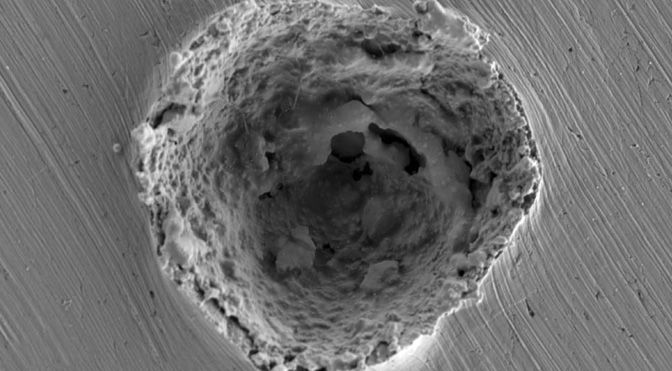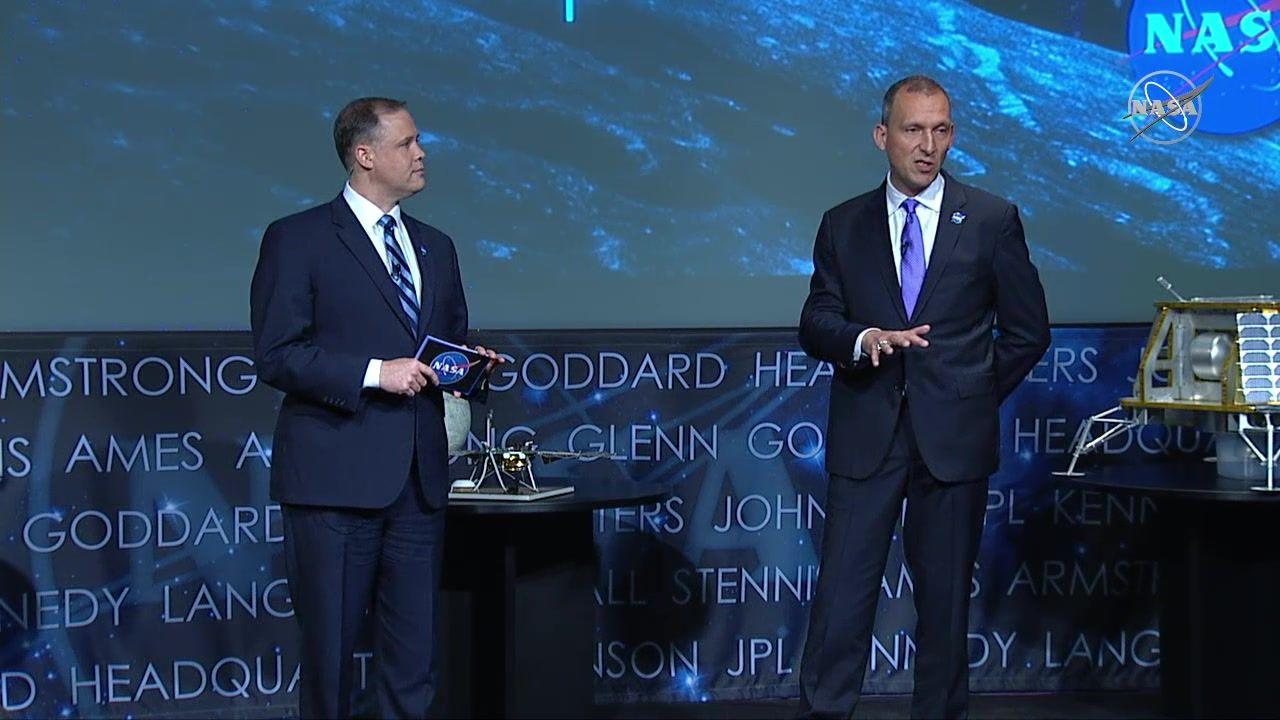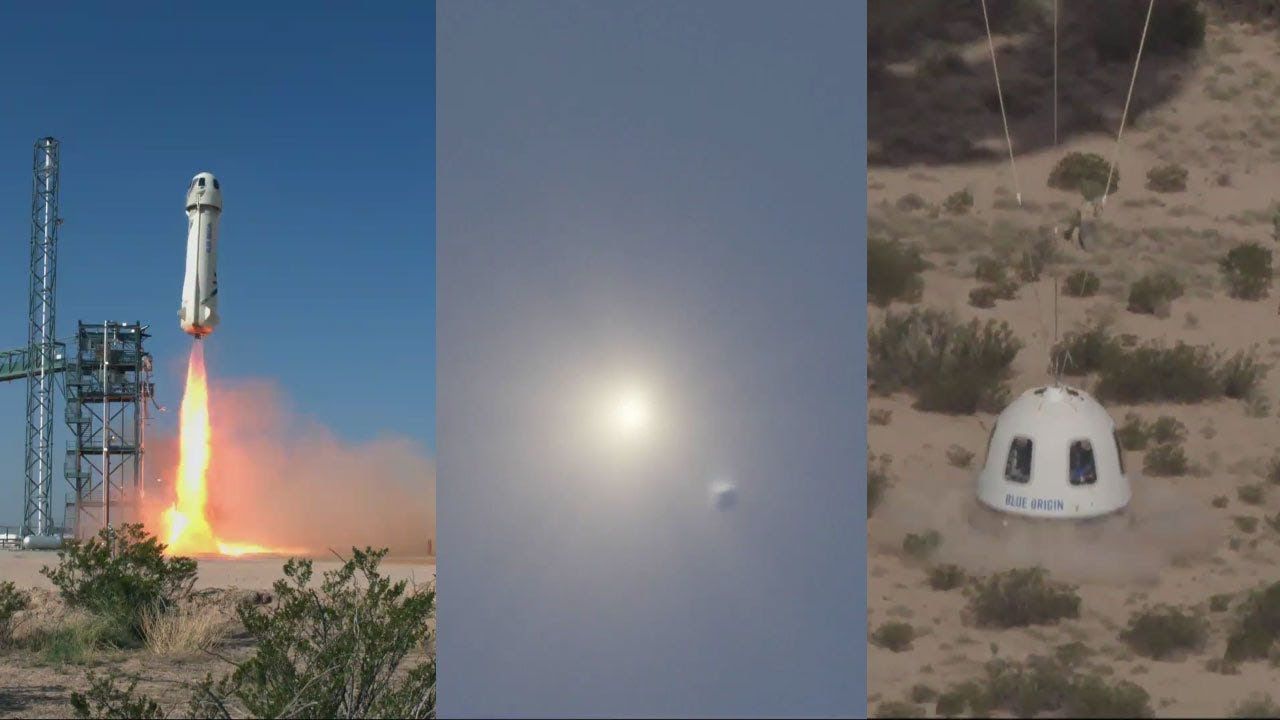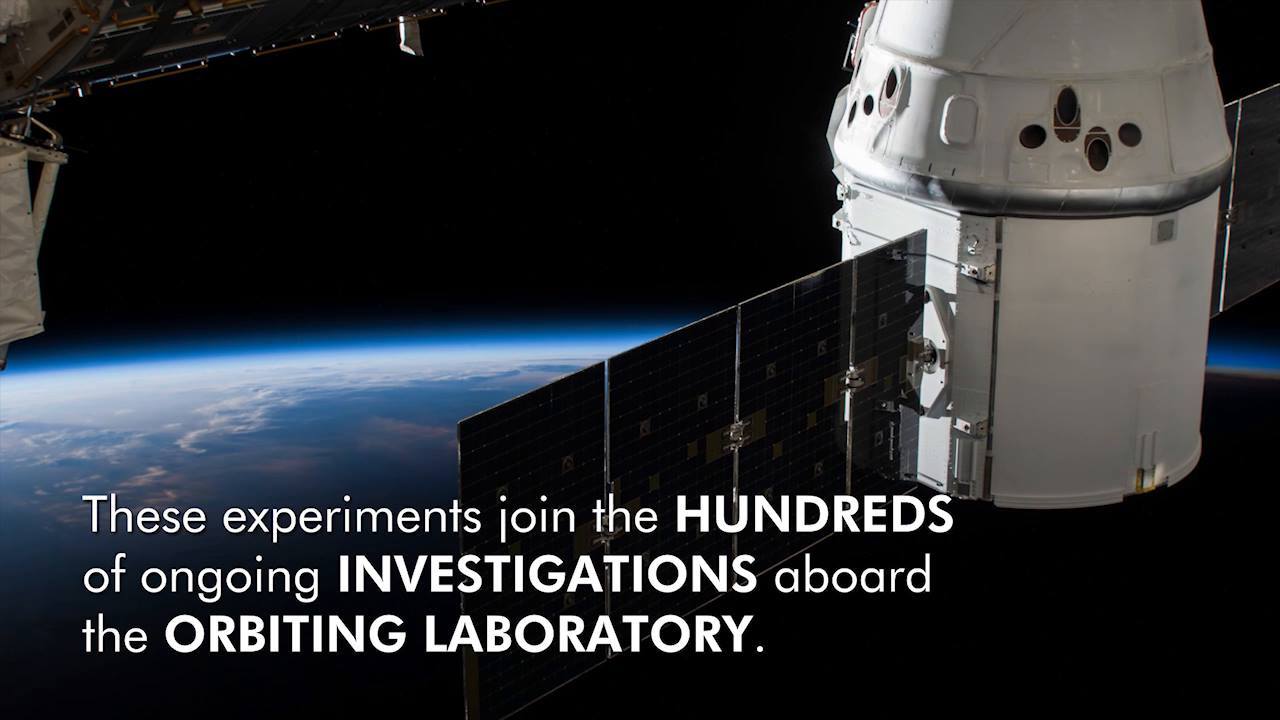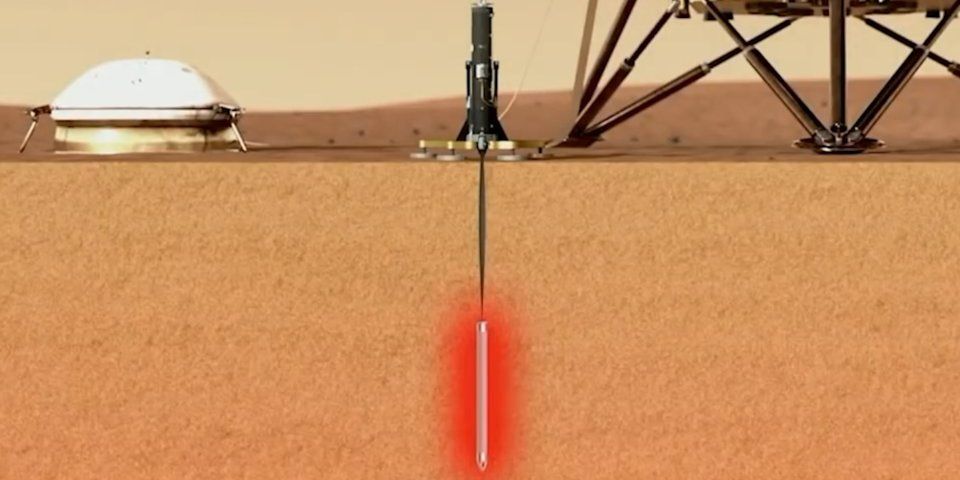Engineers know that tiny, super-fast objects can cause damage to spacecraft, but it’s been difficult to understand exactly how the damage happens because the moment of impact is incredibly brief. A new study from MIT seeks to reveal the processes at work that produce microscopic craters and holes in materials. The hope is that by understanding how the impacts work, we might be able to more durable materials.
Accidental space impacts aren’t the only place these mechanisms come into play. There are also industrial applications on Earth like applying coatings, strengthening metallic surfaces, and cutting materials. A better understanding of micro-impacts could also make these processes more efficient. Observing such impacts was not easy, though.
For the experiments, the MIT team used tin particles about 10 micrometers in diameter accelerated to 1 kilometer per second. They used a laser system to launch the projectile that instantly evaporates a surface material and ejects the particles, ensuring consistent timing. That’s important because the high-speed camera pointed at the test surface (also tin) needed specific lighting conditions. At the appointed time, a second laser illuminated the particle allowing the camera to follow the impact at up to 100 million frames per second.
